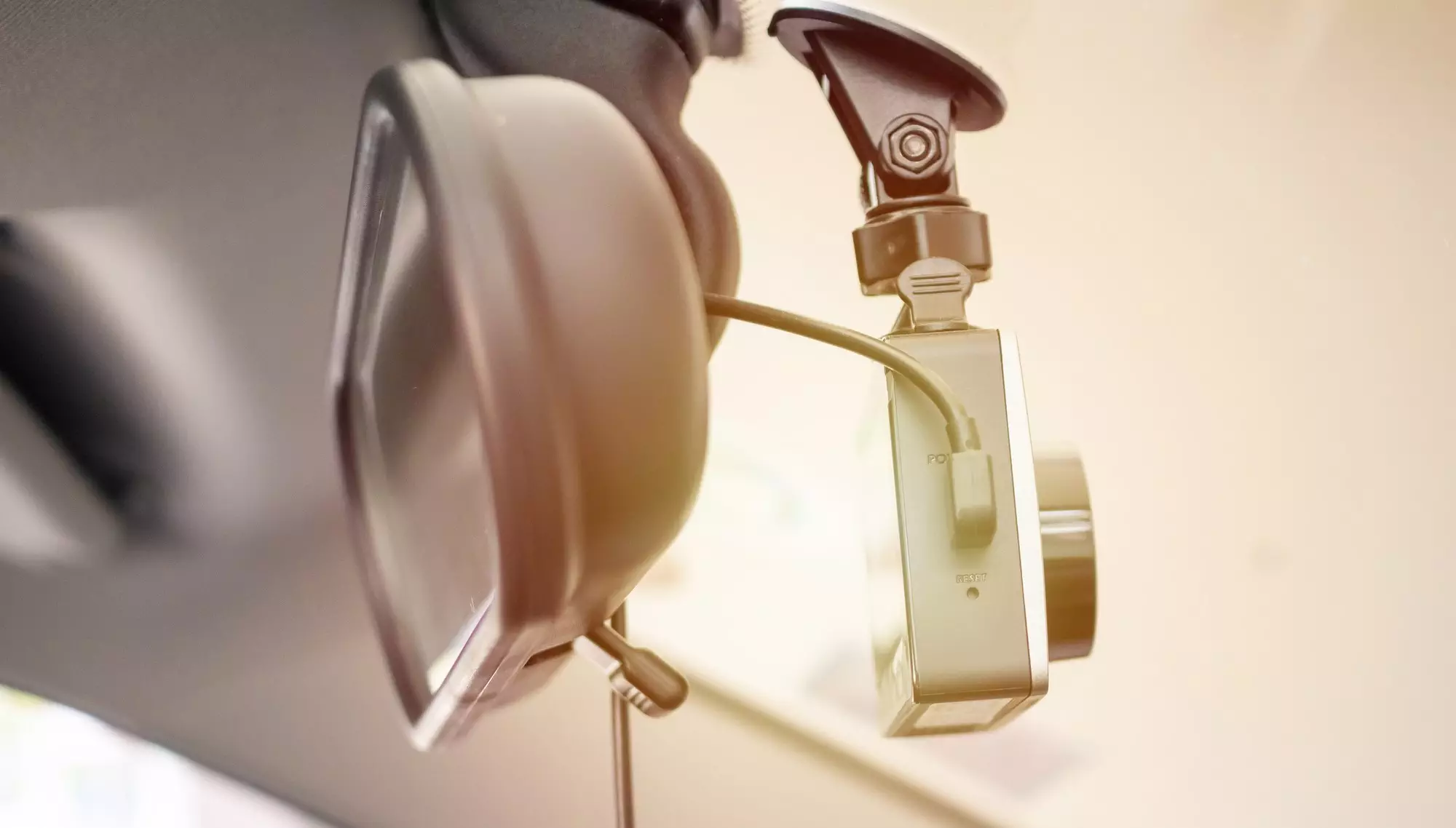Psychological Injuries and Compensation: The Invisible Scars of Car Accidents
You might think a car accident only leaves visible wounds, but the impact goes much deeper. The psychological injuries that stem from such events can cast long shadows on your mental health. The unseen scars can silently shape your life, affecting your well-being in ways you may not even realize. Understanding the importance of acknowledging and addressing these hidden wounds is essential for your recovery. Consider the significance of compensating for these invisible scars to truly heal from the emotional aftermath of a motor vehicle accident (MVA) in Alberta.
Quick Summary
- Psychological injuries, such as PTSD, anxiety and depression, are real and impactful.
- Proper compensation can cover therapy and mental health services.
- Recognizing and addressing mental health is crucial for holistic recovery.
- Seeking help and legal support is essential for healing invisible scars.
Understanding Psychological Injuries
The aftermath of an MVA can lead to a range of psychological issues, including PTSD, anxiety disorders, depression, and survivor guilt. These invisible scars can significantly impact daily life, work performance, relationships, and overall well-being. It is important to acknowledge that children can also suffer from psychological trauma following an accident, experiencing symptoms like nightmares, anxiety, and social difficulties.
Seeking compensation for these psychological injuries is crucial in aiding individuals in their healing process. Professional diagnosis and legal support may be necessary to address the emotional damages caused by an MVA. By recognizing and understanding the psychological impact of such events, we can advocate for proper compensation to help survivors cope with the invisible scars they endure. Taking a holistic approach to recovery involves acknowledging and addressing these psychological injuries alongside physical wounds.
The Mental Health Impact of Car Accidents

After experiencing a car accident, individuals often grapple with the profound mental health repercussions that can significantly impact their daily lives. The emotional distress stemming from such traumatic events can manifest as various mental health issues like depression, anxiety, and post-traumatic stress disorder (PTSD). These psychological injuries may not be immediately apparent but can have long-lasting effects on a person’s well-being. Survivors of an MVA may find themselves struggling with survivor guilt, social isolation, and difficulties in maintaining relationships due to the psychological trauma they have endured.
Children involved in accidents are also vulnerable to developing mental health issues such as PTSD, depression, and academic challenges. Seeking professional help to address these mental health concerns is vital for individuals to navigate their recovery process effectively. Recognizing and acknowledging the mental health impact of motor vehicle accidents is essential in providing thorough support and care for those who have experienced such traumatic events.
Common Psychological Injuries Post-Accidents
Victims may experience a range of common psychological injuries that can impact their well-being and daily functioning. Post-traumatic stress disorder (PTSD) is a prevalent psychological injury, manifesting in symptoms like flashbacks and intense anxiety. Depression often stems from an MVA, with individuals experiencing persistent feelings of hopelessness and disinterest in activities. Anxiety and phobias can also develop post-accident, causing mobility restrictions and persistent fear. In multi-vehicle accidents, survivor guilt may arise, leading individuals to question their actions and experience emotional distress.
Additionally, changes in temperament, such as irritability or anger issues, can affect relationships and daily interactions following a driving incident. These psychological injuries can be debilitating, requiring proper recognition and support to facilitate the healing process. Understanding these common psychological consequences is vital in providing holistic care and support for individuals grappling with the invisible scars.
Diagnosing Invisible Scars – PTSD and Mental Health Issues
To effectively address the psychological impact, it is important to recognize the signs and symptoms of PTSD, a common invisible scar that affects around 9% of accident survivors. PTSD, or Post-Traumatic Stress Disorder, can manifest through flashbacks, severe anxiety, nightmares, and avoidance behaviours linked to the traumatic event. Diagnosing PTSD involves meeting specific criteria outlined in the DSM-5, such as experiencing a traumatic event and exhibiting symptoms for at least a month. This psychological injury can significantly impair daily functioning and quality of life, presenting challenges in work, relationships, and overall well-being. Recognizing the presence of PTSD in victims is essential for providing appropriate support and treatment. By understanding the impact of this invisible scar, individuals can seek the necessary help to cope with and overcome the effects of the disorder, ultimately aiding in their recovery journey.
Seeking Treatment for Psychological Trauma
Seeking timely and appropriate treatment for psychological trauma following a driving incident is essential for promoting effective recovery and enhancing mental well-being. Addressing psychological injuries through therapy and medication can significantly aid in managing conditions like PTSD, anxiety, depression, and adjustment disorders that may arise from the traumatic event. Early intervention improves recovery outcomes and overall quality of life post-accident. Professional mental health support provides important assistance in coping with the invisible scars left by a car crash, helping individuals navigate emotional distress and rebuild their mental well-being. Accessing the proper treatment for psychological trauma is key to healing from the aftermath of a traumatic experience. By prioritizing mental health care and seeking appropriate therapy, individuals can work towards overcoming the challenges posed by psychological trauma and moving forward on their path to recovery and resilience.
Coping Mechanisms for Victims
When dealing with the psychological impact of a motor vehicle accident, utilizing therapy, support groups, and mindfulness techniques can be essential in managing emotional distress. Therapy provides a safe space to explore and process your feelings, helping you develop coping strategies tailored to your needs. Support groups offer a sense of community and understanding, knowing you’re not alone in your struggles. Mindfulness techniques, such as deep breathing or guided meditation, can help calm your mind and reduce anxiety in the aftermath of a traumatic event.
Professional help from therapists or counsellors specialized in trauma can equip you with valuable tools to navigate the challenges of psychological injuries. Maintaining a healthy lifestyle with regular physical activity can also support your mental well-being. Journaling and expressive writing serve as effective coping strategies for processing complex emotions. Building a solid support system of friends, family, and mental health professionals is important in dealing with the invisible scars left by car accidents. Remember, you don’t have to face this journey alone – reach out for help and support when needed.
Legal Rights and Compensation of Psychologically Injured
Exploring the legal landscape surrounding psychological injuries requires a thorough understanding of your rights and avenues for seeking compensation. When dealing with the aftermath of a car accident, it’s important to recognize that psychological injuries are just as valid as physical ones. Compensation for these invisible scars can cover therapy, counselling, and other necessary mental health treatments. The legal system acknowledges the impact of psychological trauma and offers paths for fair compensation. To strengthen your personal injury claim compensation, documenting psychological injuries with medical records and expert testimony is essential.
Seeking legal support from a law firm experienced in PTSD can be instrumental in navigating the complexities of psychological injury compensation. An experienced personal injury lawyer can help you understand your rights, advocate on your behalf, and ensure you receive the compensation you deserve for your psychological suffering. Remember, you are entitled to proper care and support for all aspects of your well-being, including your mental health.
Case Studies of Psychological Injury Compensation
Understanding the impact and nuances of emotional distress is important for building a strong legal claim. Psychological injuries resulting from traumatic driving incidents can be severe and long-lasting, affecting various aspects of your life. Expert testimony from mental health professionals often plays a vital role in these cases, providing valuable insight into the extent of your emotional distress and its effects. Seeking compensation for psychological injuries like PTSD and anxiety is not only about financial reimbursement but also about acknowledging the pain and suffering you have endured.
Case studies have shown that emotional distress claims in car accident cases have led to settlements ranging from $10,000 to $100,000, reflecting the recognition of the significant impact of psychological injuries. When pursuing compensation for these invisible scars, it is essential to take therapy costs, lost wages, and overall pain and suffering into account. By advocating for yourself and highlighting the emotional toll of the accident, you can work towards a holistic recovery process that takes into account both your physical and psychological well-being.
Compensation for Emotional Trauma
Moving from the exploration of case studies into the domain of compensation for emotional trauma in car accident cases, understanding the nuances of mental health issues becomes even more important for building a strong legal claim. When seeking compensation for emotional trauma, it’s essential to acknowledge the profound impact of psychological injuries on your daily life. Compensation for emotional trauma can encompass therapy costs, loss of income, your limited ability to work, and the overall suffering experienced due to the accident. These invisible scars can profoundly affect your mental well-being, relationships, and ability to function normally. Gathering evidence, such as medical records, therapy bills, and expert opinions, is crucial to strengthen your case. The compensation for emotional injuries varies based on the severity of the psychological impact and the duration of treatment needed. By documenting the psychological effects and collaborating with experienced legal professionals, you can navigate the complexities of emotional trauma claims effectively and maximize the compensation you deserve.
Don’t Suffer in Silence – Contact Us for Help Today
For accident victims struggling with mental health issues, it’s essential to break the silence and reach out to an experienced lawyer for the support and guidance you deserve after an accident. Psychological injuries, such as PTSD, anxiety disorders, survivor guilt, and emotional distress, can have a profound impact on your daily life, relationships, and overall well-being. You don’t have to navigate these challenges alone. Seeking vital help is essential for addressing and coping with the invisible scars left by the trauma of a car accident.
You can begin healing and recovering by reaching out for support. Legal representation can also assist you in pursuing compensation for the emotional distress and mental health issues you may be facing. Remember, your well-being is important, and resources are available to help you through this difficult time. Contact us today for a free consultation to start the process of healing and reclaiming your life after experiencing mental health issues from a car accident.


